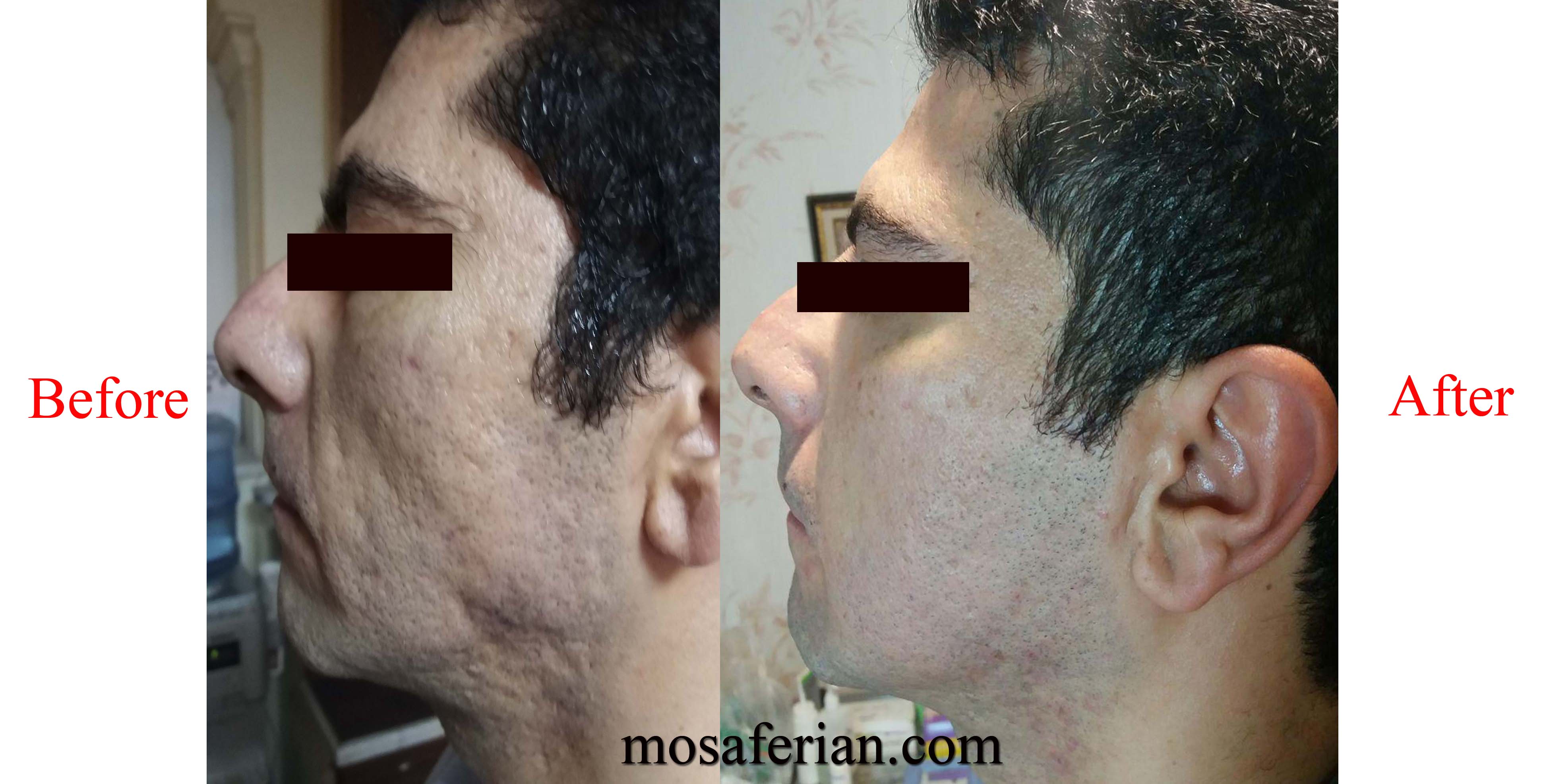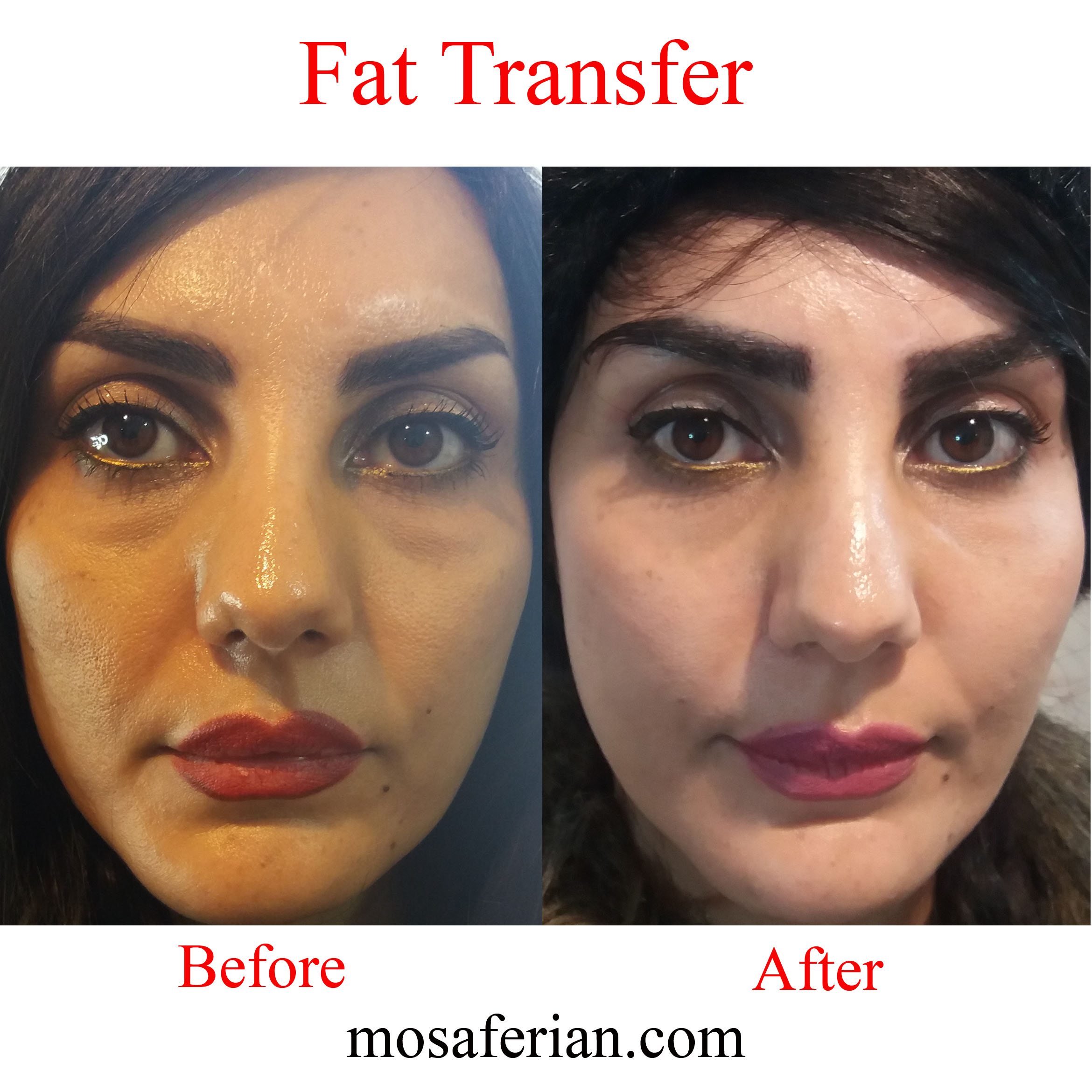Tag: fat injections in face
-
The MAGIC OF NANOFAT TRANSFER FOR ACNE SCAR IN 2024❤
What is NANOFAT TRANSFER FOR ACNE SCAR What is NANOFAT TRANSFER? Acne scars are usually the result of inflamed blemishes caused by skin pores engorged with excess oil, dead skin cells and bacteria. The pore swells, causing a break in the follicle wall. Shallow lesions are usually minor and heal quickly. But if there is…
-
Fat Injection In Face Photos❤
Fat injections in face how long does it last? Fat injection in face durability varies from person to person , however on average at least half of the transferred fat is reabsorbed.There are individual differences but what transferred fat is present at 4 months will be present for many years. No procedure stops aging and volume…


